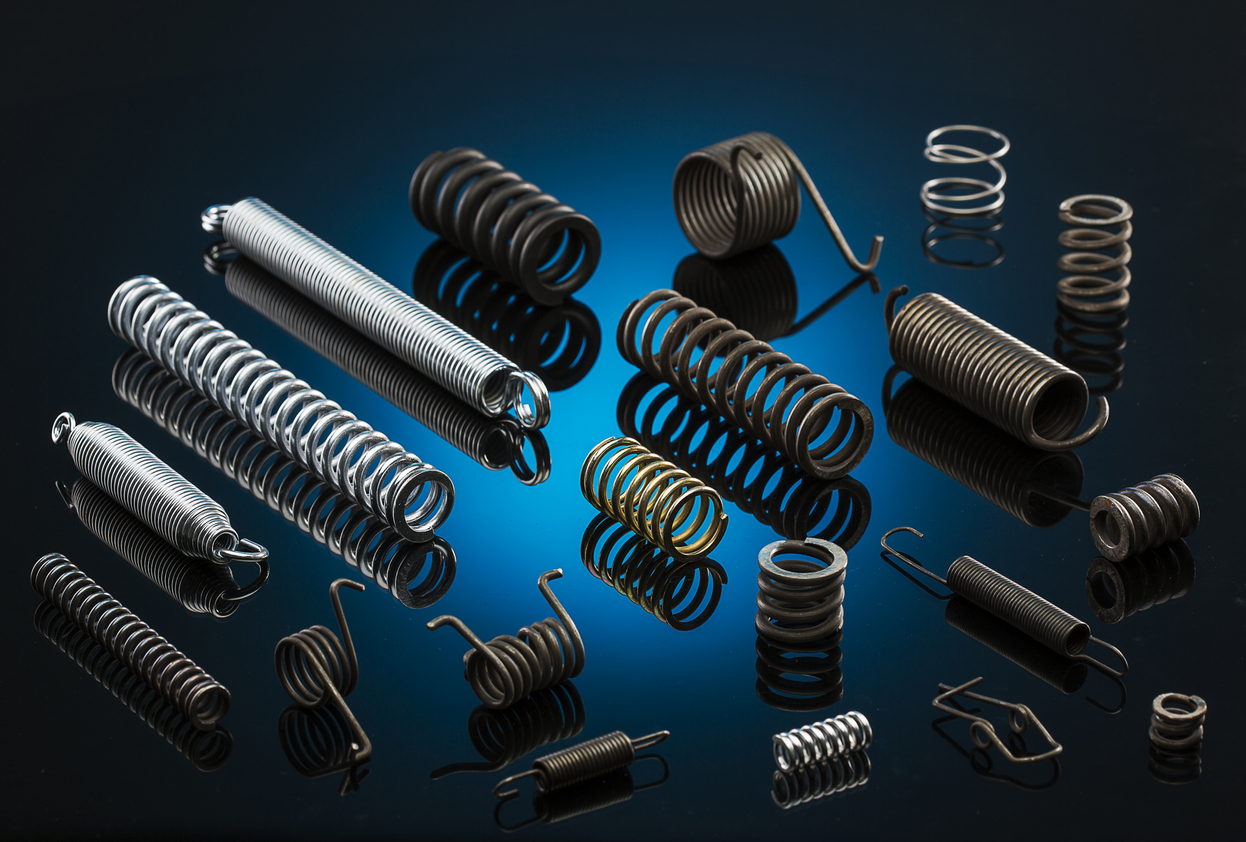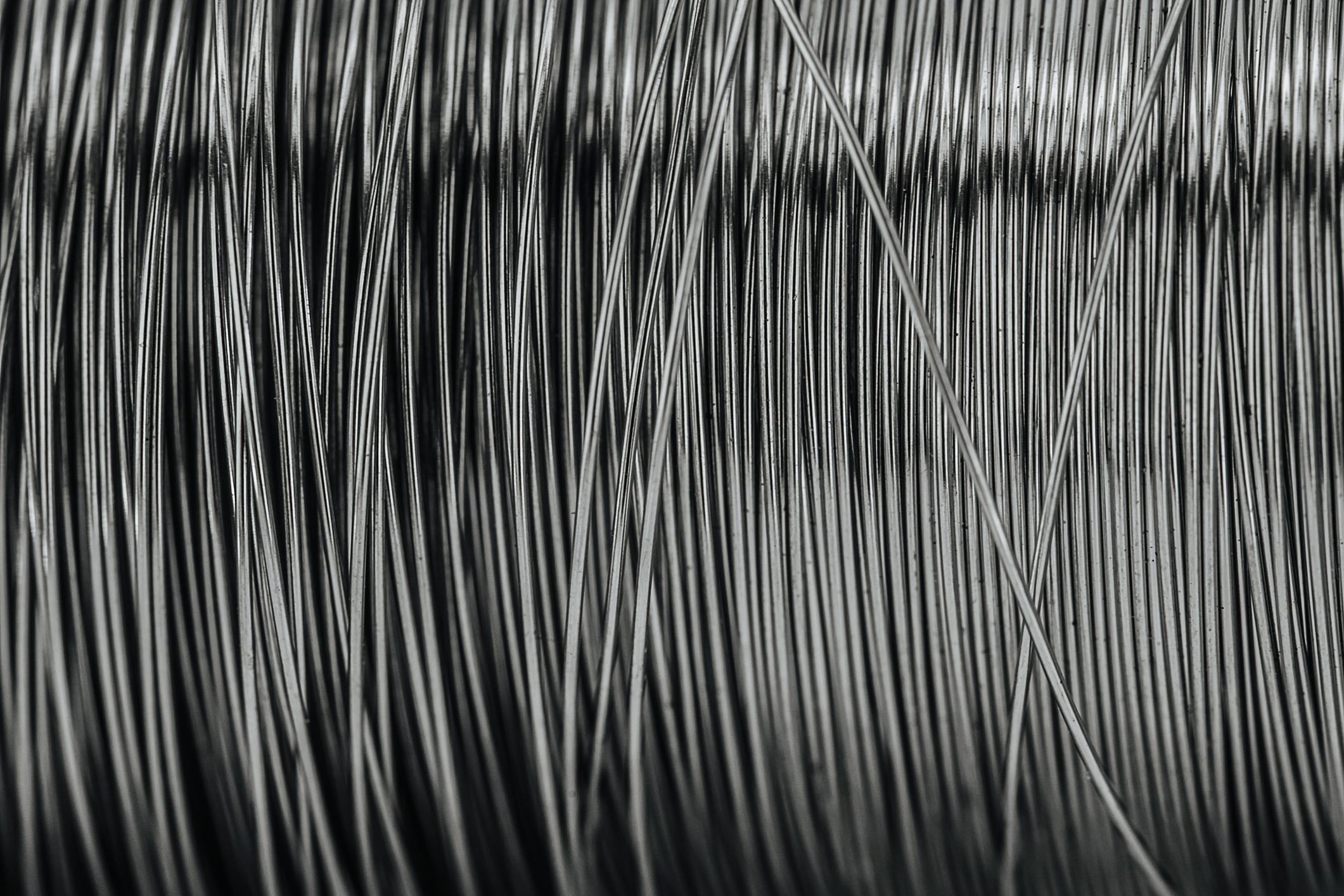Springs work by storing and releasing energy through controlled flexibility. The material and design determine how effectively a spring performs, whether it’s absorbing shocks, maintaining tension, or returning to its original shape after compression.
At Airedale Springs, we know that the choice of material plays an integral role in determining how a spring will perform, and our knowledgeable team can provide insight into which material might be best for your application.
We manufacture springs, wireforms, and flat pressings or laser cut parts using a range of high-quality materials, including:
- Carbon Steel
- Stainless Steel
- Nickel Alloy
- Brass

Choosing the Right Material
Our friendly team can guide you through the selection process, ensuring your spring meets performance demands and environmental conditions.
Whether you need a single prototype or full-scale production, we’re here to help.
Additional Support & Assembly Services
Beyond manufacturing, we offer spring assembly services to streamline your supply chain. Our experts can also refine your spring design to match exact specifications, ensuring efficiency and longevity in use.
Have questions? Get in touch to discuss your project.


